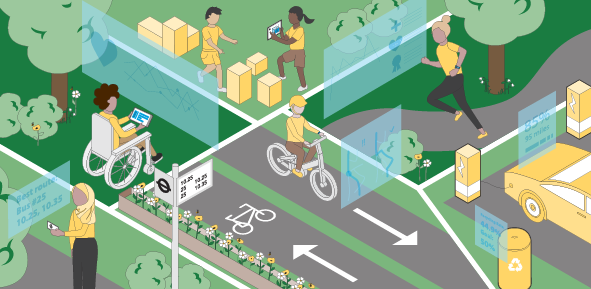
Can people who use hearing aids experience the detailed soundscapes of the buildings they are in?
This project aimed to build multiple microphone sensors and ways to interrogate the acoustic environment into wearable technologies for hearing-impaired users. These would make the built environment more accessible by increasing the flexibility of auditory feedback loops between buildings and hearing aids.
Outcomes
We characterized the "microacoustic" environment of different parts of the building by testing the wearable sensors in buildings, and optimized it using real world acoustic objects (i.e. bodies). Secondly, by using the body and whole building as the acoustic aperture, we characterized sound sources dynamically and accurately, and these can directly be streamed to the hearing aids for maximal listening. This could also replace facility management systems that plug into hearing aids for hearing impaired children in schools. This initial part of the project built a flexible wearable acoustic sensing system that can be accommodated into clothing.
Method
Prototyping
Next Steps
This technology needs to be tested with the intended users in order to iterate and further develop it.

